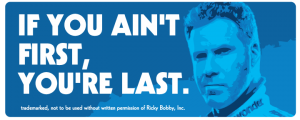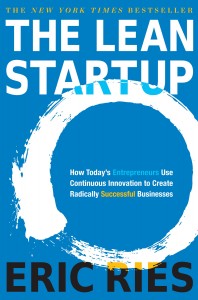As part of a writing assignment in my fall consumer behavior course, I asked students to reflect on what they learned. One aspect of the assignment asked students to create a list of the Top Ten Big Ideas for marketers.
I told students that I would publish the best response on my blog. Congratulate Carleigh Maloney. Here is her response.
Top Ten Big Ideas for Marketers
1. Don’t listen to your intuition. It is easy to listen to your gut as the best approach to a marketing problem. Just because your opinion may seem like the best or easiest way to market, does not mean that your opinion dictates the best path. This is an important lesson for marketers to remember, as it may be easy to rely on our intuition when making marketing decisions.
2. The best marketers are agile. Agile businesses are able to act to quickly in the marketplace. Marketers need to be able to take any new innovation, event, or revolution and adapt quickly and with ease.
3. An insight is a creative product. Marketers that are able to understand and draw wisdom from a specific marketing problem have gained a valuable asset that can be turned in to a powerful advertisement. Marketers should constantly aim to draw insights and understand from marketing problems in order to be the most successful.
4. Influence the consumers’ problem recognition. By either changing the consumers’ plausible ideal state or their perceived actual state, a marketer can create or point out a problem that consumers’ need fixed. This tactic can cause those who may not have seen a need for your product to “have to have it.” This is important for marketers to be aware of as they plan their marketing communications.
5. Do not overexpose an ad or brand. Though often more exposure has a positive effect on sales, there is danger in overexposing. Consumers become bored when a marketing message becomes worn out — marketing effort can take a negative turn.
6. Good marketing creates and communicates value; but the consumer determines the value. Although the consumer will dictate how valuable said product is to them, the marketer has some power to persuade the consumer of its value. Marketers should be aware of this and aim to clearly communicate a brand’s value to its target market.
7. If you’re not first, you’re last. In the case of consumer consideration sets, marketers want their brands to be in the top choices for consumers. If you are not part of the small number of brands consumers will be choosing from, you are nobody. Marketers must become one of these top brands or their marketing will be worthless. (See this semi-related post.)

9. Get attention. To achieve the most effective and powerful marketing, you must surprise consumers. By causing disorder, your marketing will receive attention and interaction; consumers will want to engage with your brand. Marketers should remember this tactic when presenting an innovation or new product in order to be most prosperous.
10. Engage in more inconspicuous marketing tactics. With a rise in selective exposure and the ability and ease to change the channel, fast forward and avoid advertisements, marketers need to be able to engage with consumers in non-traditional ways.
